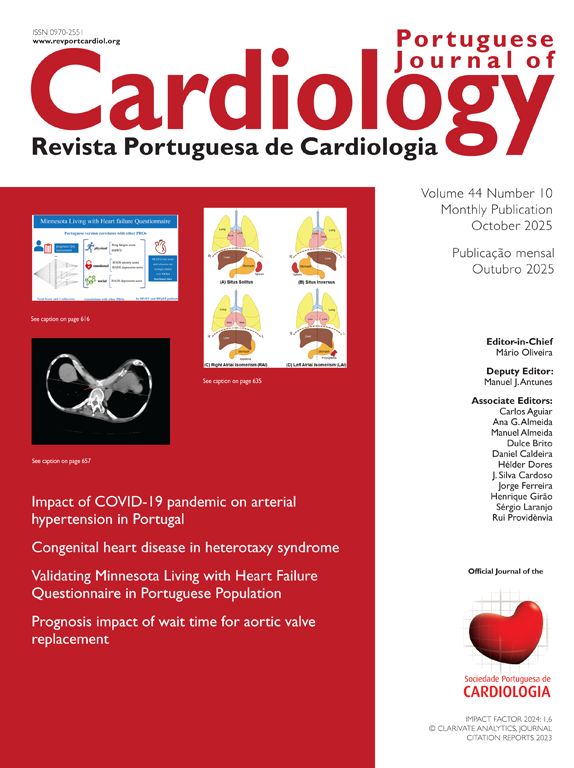We read with great interest the recent article by Rodrigues et al., “Use of direct oral anticoagulants in patients with stroke transferred for thrombectomy,” which evaluated the impact of direct oral anticoagulants (DOACs) on performance metrics and outcomes in acute ischemic stroke (AIS) patients transferred for thrombectomy within a regional network.1 The authors are to be congratulated for a well-designed and informative study that offers valuable insights into the acute management of AIS patients with recent ingestion of DOACs.
However, one finding in the study raises an important clinical question. Among the 151 patients on DOACs, 23 were receiving dabigatran – a direct thrombin inhibitor. As the authors note, intravenous thrombolysis (IVT) is generally contraindicated in patients with recent DOAC use (within the preceding 48 hours).2 Nonetheless, it is well established that IVT can be safely administered to dabigatran-treated patients if idarucizumab – a specific reversal agent with rapid onset of action – is used prior to IVT.2,3 Given this clear and validated pathway, we were curious as to why none of the patients on dabigatran in the study received IVT prior to thrombectomy. Was idarucizumab unavailable within the regional network during the study period? Or were there operational, clinical, or systemic factors that precluded its use? This clarification would be highly relevant for interpreting the findings and for guiding practice in similar settings.
The “drip-and-ship” model – central to many regional stroke networks – relies on rapid initiation of IVT at the nearest stroke-ready hospital before transferring patients for thrombectomy. IVT remains the cornerstone of reperfusion for eligible AIS patients, regardless of vessel status on initial imaging.2 Furthermore, accumulating evidence suggests that DOACs not only prevent AIS but also facilitate safer and more effective recanalization, both through IVT and possibly also thrombectomy.4 Our group has previously hypothesized that DOAC-treated thrombi may be more susceptible to IVT, possibly due to altered thrombus structure and reduced thrombin concentration in dabigatran-treated patients.4 Similarly, factor Xa inhibitors reduce thrombin generation, potentially affecting thrombus composition and fibrinolytic sensitivity. Given these mechanisms, it is conceivable that outcomes in the dabigatran group in the study by Rodrigues et al. might have been even more favorable had patients received idarucizumab, followed by IVT and, if necessary, thrombectomy.
Moreover, with the increasing global adoption of tenecteplase (TNK) – a promising alternative to alteplase with faster administration and potentially higher efficacy in large vessel occlusion – future studies may show that timely IVT could obviate the need for thrombectomy in a subset of patients.
The recent results from the Swiss study also support this evolving paradigm, demonstrating no excess risk of symptomatic intracranial hemorrhage and importantly, also better functional outcomes in selected patients undergoing off-label IVT despite recent DOAC ingestion, including both thrombin and factor Xa inhibitors.5 These findings challenge the traditional exclusion of such patients from IVT and call for prospective, ideally randomized, studies in the TNK era.
In light of these points, we believe a discussion on the availability and use of idarucizumab, as well as local decision-making processes, would further enrich the findings of Rodrigues et al. and provide important guidance for other stroke networks striving to optimize care under the drip-and-ship model.
CRediT authorship contribution statementAll authors contributed to the conceptualization and writing of the original draft, review, and editing. They gave their final approval for this version to be published.
Ethics approvalNot applicable.
Consent to participateNot applicable.
Consent for publicationNot applicable.
FundingNo external funding was used in the preparation of this manuscript.
Conflict of interestAll authors received speaker honoraria from Boehringer Ingelheim, Bayer and Astra Zeneca. Other than that, they have no competing financial interests or personal relationships that could have influenced the work reported in this paper.
Data availabilityData sharing not applicable to this article as no datasets were generated in preparing this opinion.





